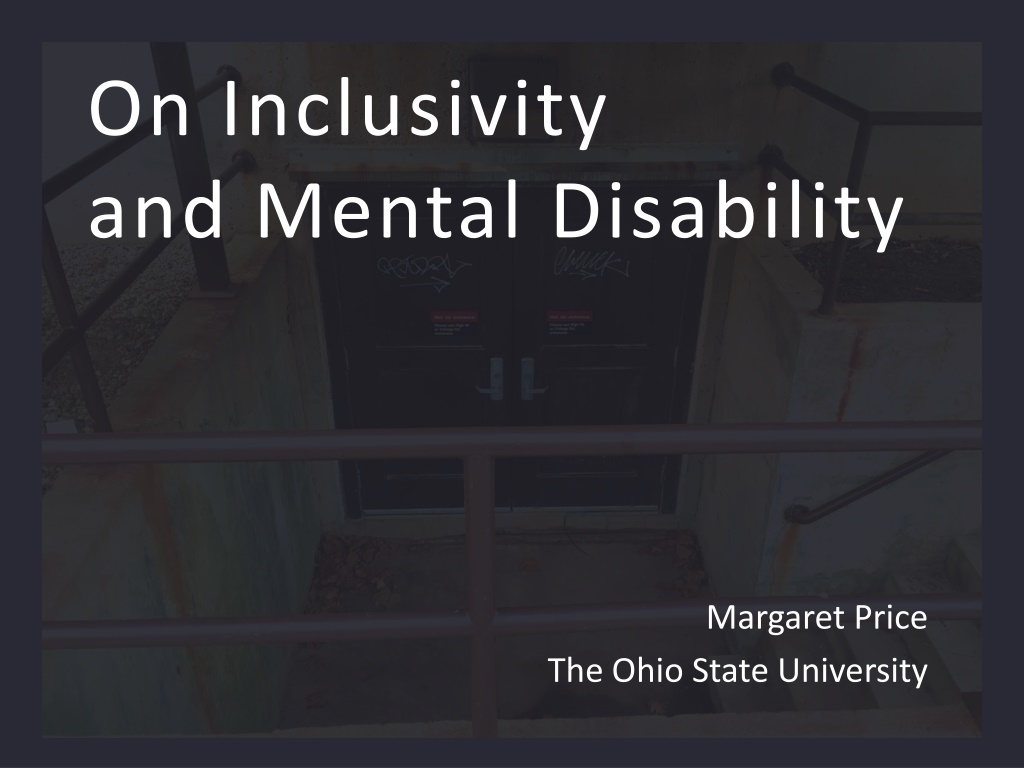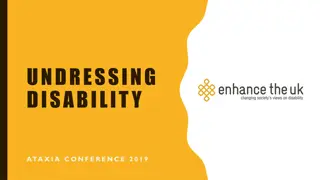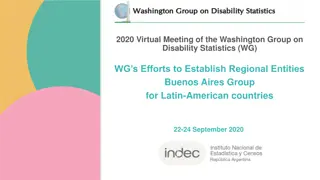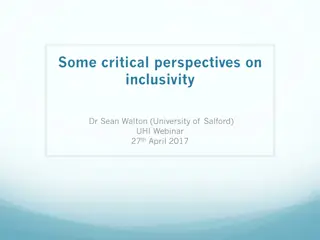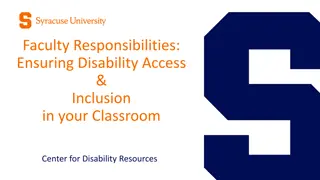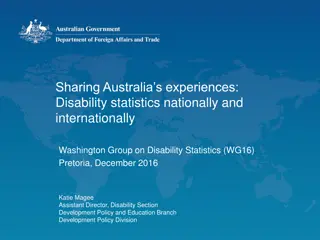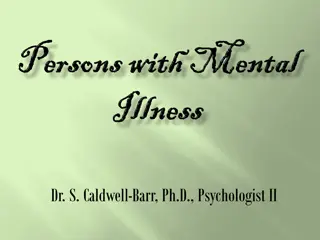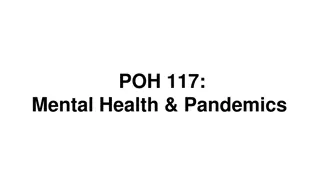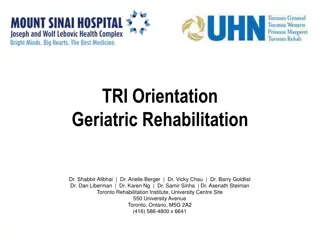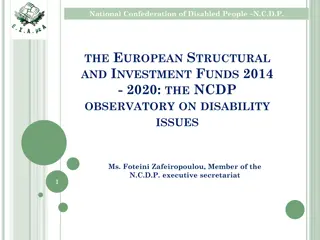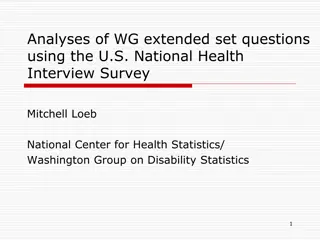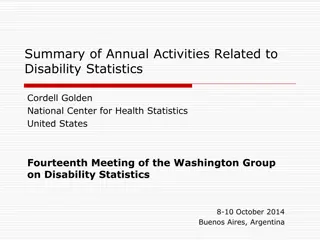Exploring Inclusivity and Mental Disability in Academia
In this collection of insights and perspectives, various authors delve into the nuances of inclusivity and mental disability within academic spaces. They discuss the importance of inclusive language, challenge perceptions of disability, and highlight the significance of creating kairotic spaces for knowledge exchange and power dynamics. Through critical discussions and thoughtful reflections, the authors invite readers to consider the complexities of enacting true inclusion in educational settings.
Download Presentation

Please find below an Image/Link to download the presentation.
The content on the website is provided AS IS for your information and personal use only. It may not be sold, licensed, or shared on other websites without obtaining consent from the author. Download presentation by click this link. If you encounter any issues during the download, it is possible that the publisher has removed the file from their server.
E N D
Presentation Transcript
On Inclusivity and Mental Disability Margaret Price The Ohio State University
A quick note on vocabulary In Mad at School, I use mental disability as an umbrella term to mark a coalition between mental illnesses, cognitive disabilities, and intellectual disabilities, as well as the mental conditions that may accompany other kinds of disabilities for example, brain fog. This does not imply these conditions are the same. Rather, I m noting that they are all imagined to have an important relationship to the mind.
Were paralyzed from the neck down, not the neck up.
To be welcomed is to be positioned as the one who is not at home. Sarah Ahmed On Being Included
Wheelchair users are depicted as never showing up, as an expense. Disability, in this instance, can be characterized as the abject underside of legitimated existence, included as an excludable type by signifying it as an always-absent- presence. Tanya Titchkosky The Question of Access
What does it mean to enact inclusion?
Inclusivity Engagement Critical thinking Productivity Excellence (etc.)
Kairotic space From the classical Greek kairos, usually translated as the opportune time. The less formal, often unnoticed, areas of academia where knowledge is produced and power is exchanged.
Five criteria for kairotic space Events are synchronous: they unfold in real time. Impromptu communication is required or encouraged. Participants are tele/present: they may be present in person, through a digital interface such as a video chat, or in hybrid form. The situation involves a strong social element. Stakes are high.
The defining element of kairotic space is the pairing of spontaneity with high levels of professional/academic impact. Different people in kairotic space will perceive its impact differently.
Disabled Faculty Study (in progress) Survey of faculty who self-identified as having mental-health histories. N=267. Interviews with faculty who self-identified as disabled. N=34 (ongoing). Co-researchers: Mark Salzer, Stephanie Kerschbaum, Amber O Shea. http://margaretprice.wordpress.com (Click on tab Disabled Faculty Study ).
Crip spacetime Crip spacetime turns its focus away from the individual to focus on the spatial, the relational, the non-human animal, the object, and the group. It draws upon material feminism, crip theory, and cultural rhetorics, which includes feminist ontology. I focus on situations and relations rather than on individual bodies.
The accommodatable The unaccommodatable Note: These are not fixed positions.
No manifestation of disability is truly predictable. However, some disabilities can be made to appear predictable enough to specify needs. Indeed, the structure and governance of academic access which is predicated upon identification of needs mandates that sort of passing.
We have enabled the creation of a dividing line those whose disabilities are stable enough, predictable enough, to benefit from the protections of rights- based accommodation and those whose are not.
The inclusivity gap is sustained by a loop of effects. Those with less privilege tend to be in ever more marginal, ever more energy-sapping positions, while those with more privilege become less and less aware of the harmful effects of their actions, or non-actions. The question then becomes, how do we intervene in this process?
What opportunities have been opened for discussion of mental disability on our campus? Are those opportunities easy to find, even for newcomers or those who might feel vulnerable about speaking up? How do these conversations frame the concept of mental health or disability ? Where are the kairotic spaces in our program, department or school? How can we adjust these spaces so that expectations are clearer and alternative ways of communicating are expected (not accepted or tolerated )? How do we find a balance between the need to set clear policies and the need to respond individually to access needs?
